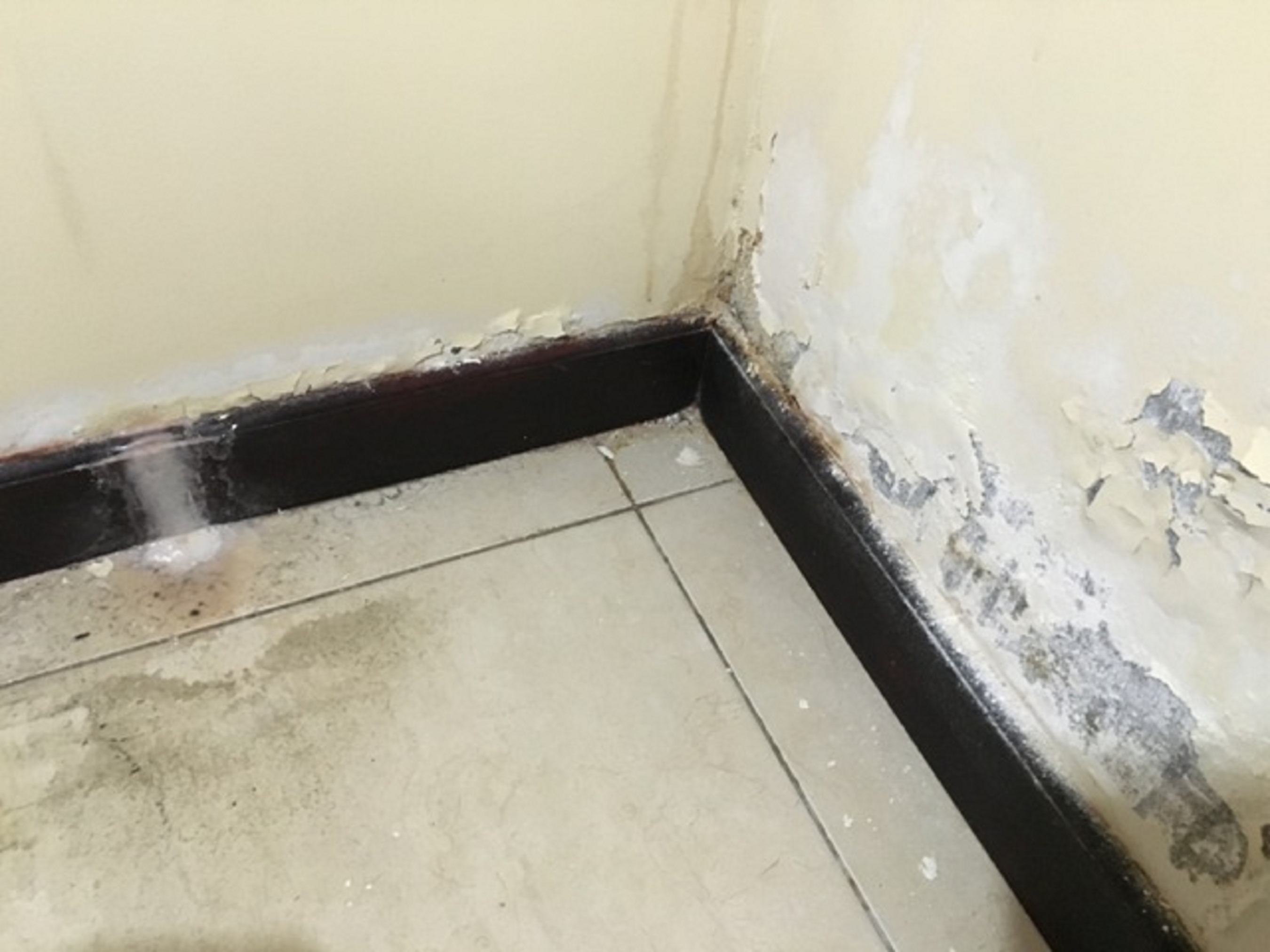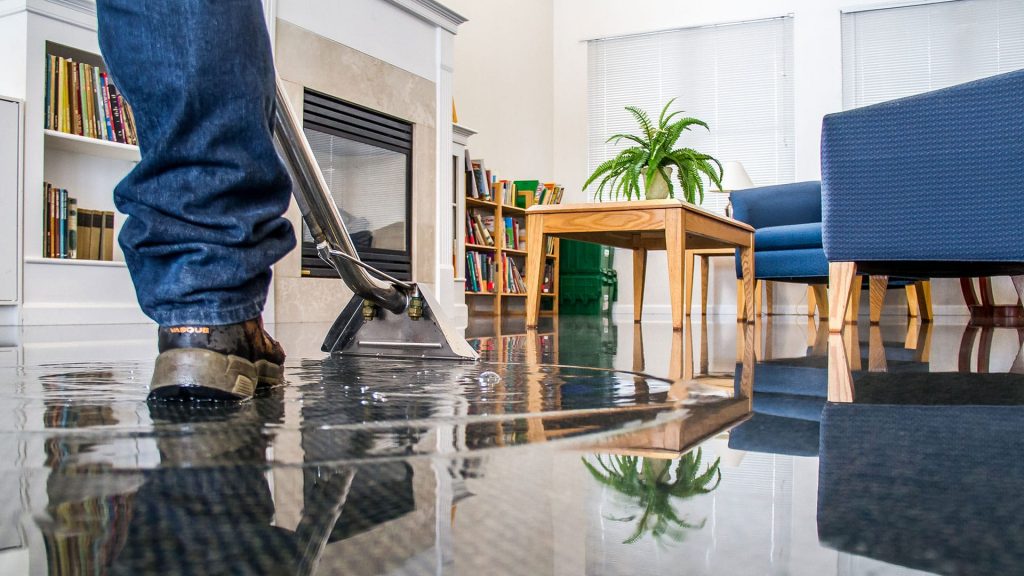Do's & Don'ts of Water Damages.
Do's & Don'ts of Water Damages.
Blog Article
The article below involving Fire And Water Damage Prevention is extremely motivating. Read it for yourself and see what you think about it.

Though water provides life, water intrusion on components where it's not expected to be can result in damages. If the water saturates into your framework, it can peel away surfaces and also erode the structure. Mold and mildew and mold additionally flourish in a moist setting, which can be hazardous for your health. Houses with water damages scent musty and old.
Water can originate from lots of sources such as tropical cyclones, floods, burst pipelines, leakages, as well as sewage system problems. In case you experience water damage, it would be excellent to understand some security precautions. Below are a couple of guidelines on just how to handle water damages.
Do Prioritize Home Insurance Policy Protection
Water damages from flood dues to hefty winds is seasonal. Nonetheless, you can likewise experience an abrupt flood when a defective pipeline all of a sudden ruptures right into your home. It would be best to have house insurance policy that covers both disasters such as all-natural tragedies, and also emergencies like broken plumbing.
Don't Forget to Turn Off Utilities
This cuts off power to your entire house, stopping electric shocks when water comes in as it is a conductor. Don't neglect to turn off the primary water line shutoff.
Do Stay Proactive as well as Heed Climate Notifies
Tornado floodings can be very unforeseeable. Stay proactive as well as ready if there is a history of flooding in your community. Listen to emptying warnings if you live near a river, creek, or lake . Get belongings from the ground floor and also basement, after that placed them on the highest feasible degree. Doing so decreases potential home damage.
Don't Disregard the Roofing System
You can stay clear of rainfall damages if there are no holes as well as leaks in your roof covering. This will stop water from moving down your walls and also soaking your ceiling.
Do Pay Attention to Tiny Leakages
A ruptured pipe doesn't happen over night. Normally, there are red flags that indicate you have compromised pipes in your home. You might notice bubbling paint, peeling off wallpaper, water touches, water spots, or dripping sounds behind the wall surfaces. Eventually, this pipeline will certainly burst. Ideally, you ought to not wait for things to rise. Have your plumbing fixed prior to it leads to substantial damage.
Do Not Panic in Case of a Ruptured Pipeline
Maintaining your clearheadedness is vital in a time of situation. Stressing will only compound the trouble due to the fact that it will certainly stifle you from acting quick. When it concerns water damages, timing is crucial. The longer you wait, the even more damage you can anticipate. Hence, if a pipeline bursts in your home, instantly shut down your primary water valve to cut off the resource. Disconnect all electrical outlets in the area or turn off the circuit breaker for that part of the residence. Call a trusted water damages remediation professional for help.
Water offers life, water breach on components where it's not intended to be can result in damages. Residences with water damages scent moldy as well as old.
Water damage from flood charges to hefty winds is seasonal. You might notice bubbling paint, peeling wallpaper, water touches, water spots, or dripping noises behind the wall surfaces. When it comes to water damage, timing is crucial.
Some Do's & Don't When Dealing with a Water Damage
DO:
Make sure the water source has been eliminated. Contact a plumber if needed. Turn off circuit breakers supplying electricity to wet areas and unplug any electronics that are on wet carpet or surfaces Remove small furniture items Remove as much excess water as possible by mopping or blotting; Use WHITE towels to blot wet carpeting Wipe water from wooden furniture after removing anything on it Remove and prop up wet upholstery cushions for even drying (check for any bleeding) Pin up curtains or furniture skirts if needed Place aluminum foil, saucers or wood blocks between furniture legs and wet carpet Turn on air conditioning for maximum drying in winter and open windows in the summer Open any drawers and cabinets affected for complete drying but do not force them open Remove any valuable art objects or paintings to a safe, dry place Open any suitcases or luggage that may have been affected to dry, preferably in sunlight Hang any fur or leather goods to dry at room temperature Punch small holes in sagging ceilings to relieve trapped water (don't forget to place pans beneath!); however, if the ceiling is sagging extremely low, stay out of the room and we'll take care of it DO NOT:
Leave wet fabrics in place; dry them as soon as possible Leave books, magazines or any other colored items on wet carpets or floor Use your household vacuum to remove water Use TV's or other electronics/appliances while standing on wet carpets or floors; especially not on wet concrete floors Turn on ceiling fixtures if the ceiling is wet Turn your heat up, unless instructed otherwise

I hope you enjoyed reading our post on Reducing Your Risk Of Water And Fire Damage At Home. Thank you so much for spending some time to browse our piece of content. You should take the time to share this content if you liked it. Thank you for your time. Kindly visit our website back soon.
Report this page